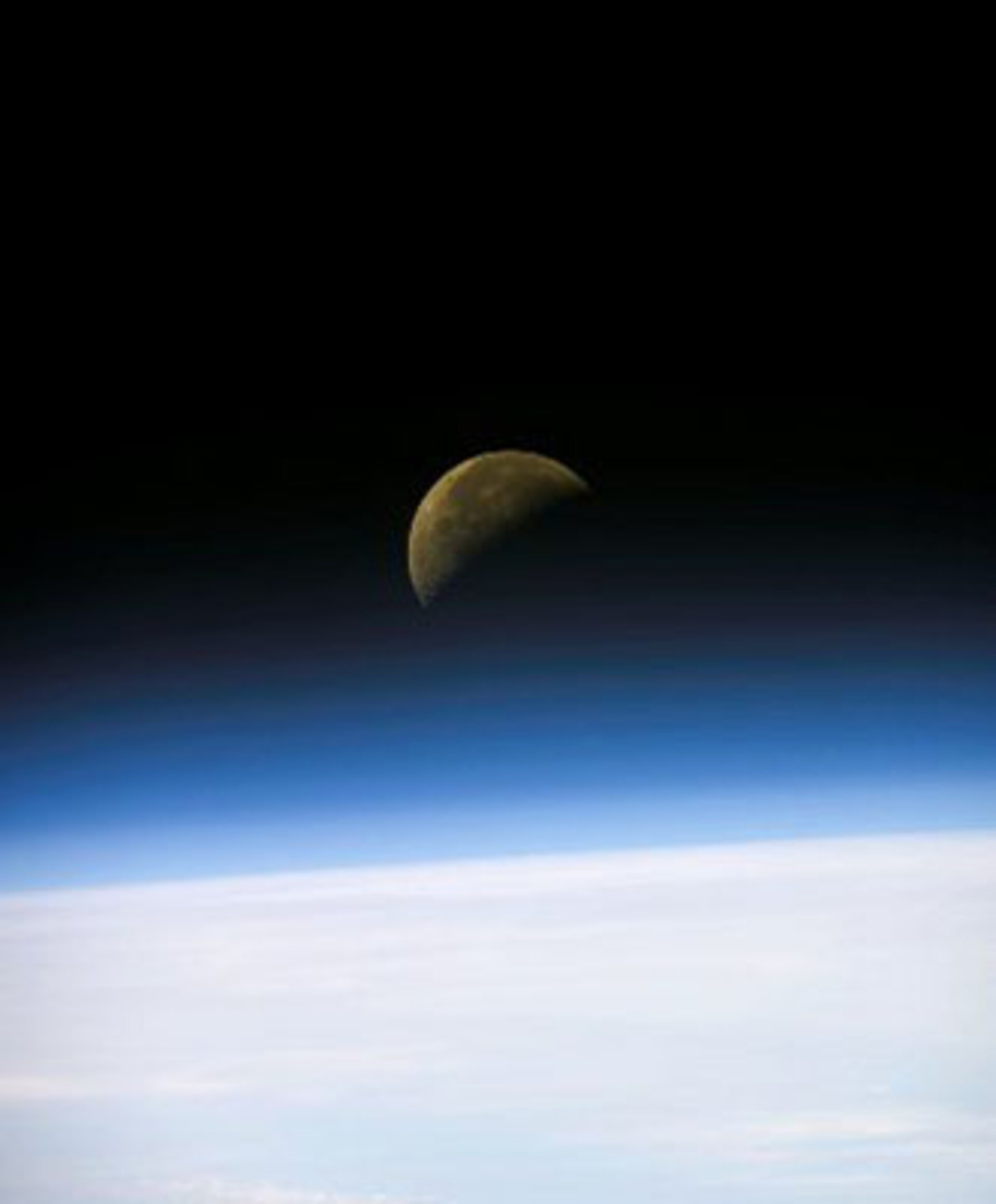Loss of Columbia – Online Forum
The families of the crew issued a statement: “Although we grieve deeply, as do the families of Apollo 1 and Challenger before us, the bold exploration of space must go on...the legacy of Columbia must carry on - for the benefit of our children and yours”. ESA shares in the grief of the families, NASA and the whole space community. You can express your thoughts in our Forum.
You can pass on your messages of support, voice your thoughts on the human quest to explore the universe, and put your questions to the European astronauts and other space experts.
Why send people into space? Can't robots - cheaper and expendable - do the job? Well, robots are used whenever possible. ESA's planetary missions, for example, depend on robot intelligence for success. Robots don't need to eat or breathe: a trickle of electricity and a little radiation shielding are all the "life-support" that they require. And 21st-century robots are very capable.
But humans are smarter than even 21st-century robots. They are versatile, and they bring a lively and unpredictable intelligence with them. They can manage an immense range of scientific experiments, repair unplanned damage, and tell the rest of us about their experience when they return to Earth.
Space is a harsh frontier, and probably always will be. Astronauts and cosmonauts know the risks. They go because the human desire to explore the unknown is so strong and they know that they can contribute to human knowledge in ways that no computer can equal.
The ESA astronauts are ready to answer your questions in the Forum.
Science on STS-107
STS-107 was a multidisciplinary mission with the US Space Shuttle Columbia dedicated to scientific and commercial research under microgravity conditions and to technological experimentation in space. The multidisciplinary research programme onboard Columbia was performed inside a Spacehab Double Research Module, carried in the Shuttle cargo bay. The concept and the technology of Spacehab were derived from the European Spacelab programme.
The STS-107 mission had a duration of sixteen days during which more than 100 new experiments on science, technology, applications and research had been performed. Seven experiment facilities for the STS-107 mission have either been developed by ESA or their utilisation was coordinated and financed by ESA.
First contacts with the operations and science teams of the three successful ESA instruments that transmitted all their telemetry and video data to the ground, revealed great sadness about the tragic end of the STS-107 mission, but great satisfaction with the science data that had been achieved due to the outstanding performance of the crew. You can post your questions on the science of the STS-107 in the Forum.
Help for first-time visitors to the Forum
If this is your first visit to an ESA Forum, you can have a look at the questions posted simply by clicking on the Forum link. If you wish to participate, you need to register. Select the register button and enter your name and choose a password.
In line with current Internet guidelines on privacy, we suggest you use a nickname rather than supplying your full name. You will need to complete your email address but this information will not be visible to the Forum visitors and will remain completely confidential. No information given will be passed on any outside companies or organisations.





